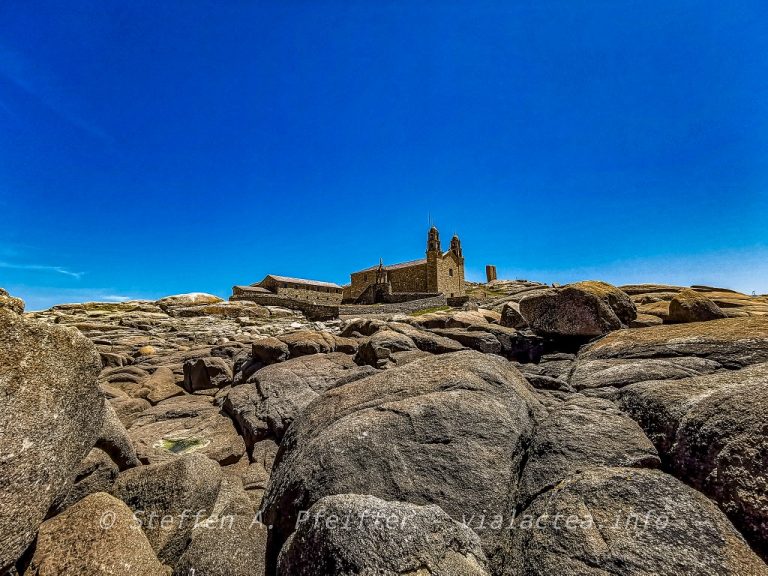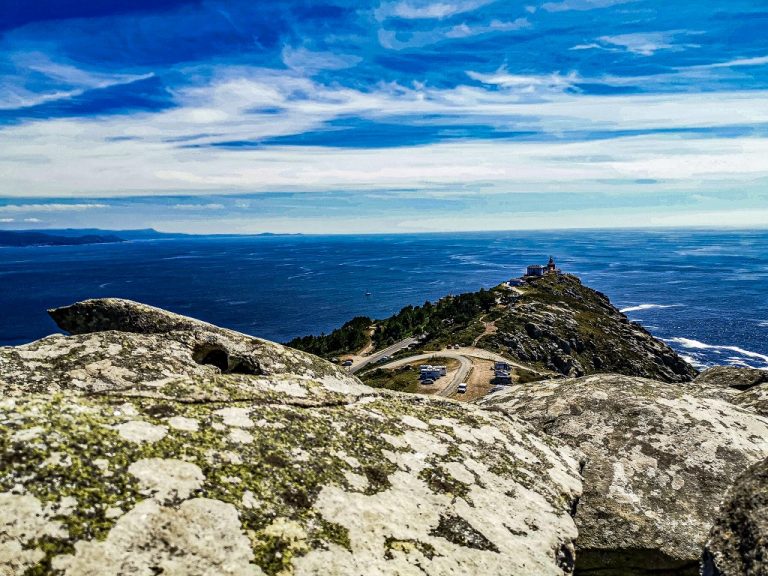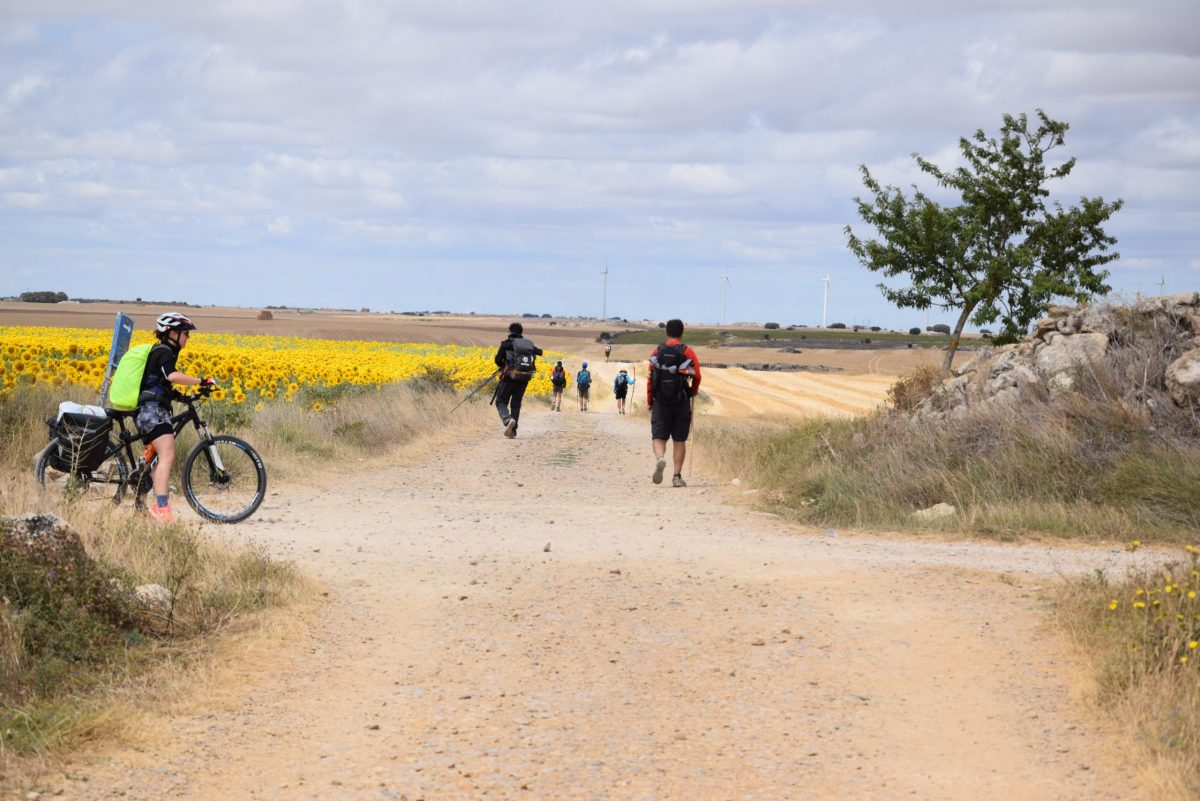
A New Stage Day – Beginning & Atmosphere
The morning in Burgos carries the sound of the cathedral far through the still quiet streets. The light of the first sun lays itself like golden dust over the stone facades, and the city, which yesterday was still full of voices and footsteps, suddenly seems gentle and restrained. On the square before Santa María pilgrims gather, some quiet, lost in thought, others in conversation, all with the same goal: out of the city, into the plain.
It is a departure that feels different from the previous days. For today you are not only leaving a large city, but also the familiar closeness of mountains and forests. Before you lies the Meseta, the Castilian plateau, whose reputation evokes both awe and respect. Already after the first steps you feel: This is not the way of elevation gain, but the way of silence and patience.
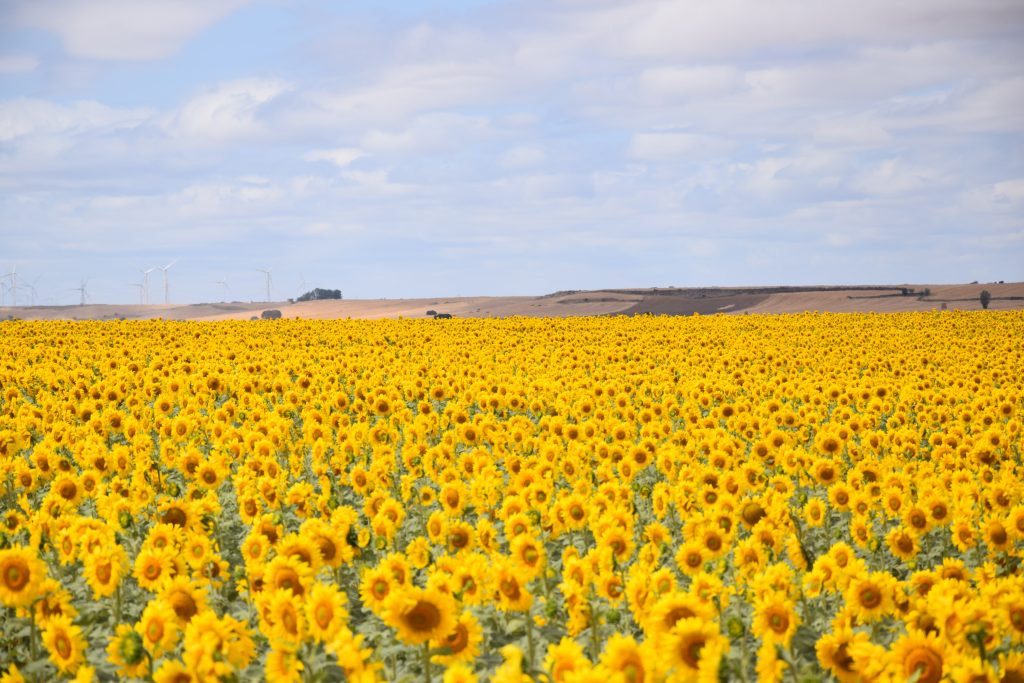
Route & Elevation Profile
- Distance: approx. 20.5 – 21 km
- Elevation: +200 m / –150 m
- Difficulty: easy to medium – the plain seems friendly, yet monotony challenges the mind.
The bare numbers tell only half the truth. For as even as this way may run, it still demands a special endurance: not in the muscles, but in the mind. Kilometers of field paths without shade, the rush of the wind, the endless horizon – whoever walks here confronts not the mountains but their own thoughts.
Variants & Small Detours
The main route ends today in Hornillos, but for some the extension to Hontanas is an option. From around 21 kilometers the stage then becomes more than 30 – a long step that demands both stamina and will.
Another small detour leads to San Bol, a remote hostel with a spring, only a few hundred meters off the way. Hardly any infrastructure, hardly any people – yet whoever stops here experiences a silence that resonates more deeply than some mighty cathedral.
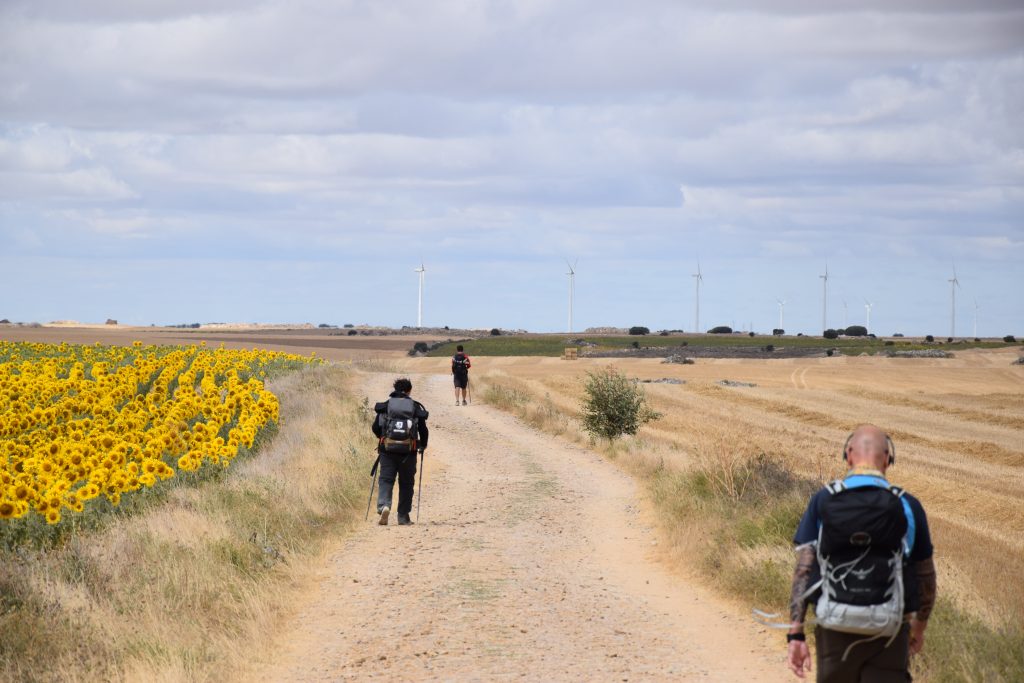
Description of the Way – With All Senses
You leave Burgos over the Río Arlanzón, following the way through the green Parral Park. Here, between old trees, the wind rustles softly like a final farewell greeting from the city. Soon the streets lead you outward, the asphalt gives way to gravel, and the towers of Burgos disappear behind you.
Before you stretches a landscape that wants to hide nothing. The sky is wide, the fields stretch to the horizon, and your path seems like a line leading into infinity. The rhythm of your steps becomes slower, calmer, more even – a reflection of the plain that receives you.
After a good ten kilometers you reach Tardajos. The houses of light stone cluster closely together as if to defy the wind. In the village bar pilgrims drink coffee, the laughter of a few locals mingling with the voices of travelers. Here, where already in the Middle Ages merchants and farmers crossed their ways, one feels: The Camino is always also a piece of lived community.
From Tardajos it is only a few kilometers to Rabé de las Calzadas. The village, small and almost sleepy, tells its story in walls and street names. Once a strategic point where the Romans laid their “calzadas” – their roads – it is today a quiet place that offers pilgrims shade and water. Before the church you may pause briefly, breathe deeply, and feel how here the same ways have been walked for centuries.
Beyond Rabé the way changes. The fields open even further, the horizon expands into the endless, and the sun has now taken command. No forest, no rise distracts the view – only sky, earth, and your step. Here begins the true experience of the Meseta: a confrontation with the vastness that makes you small and at the same time free.
After further kilometers Hornillos del Camino appears on the horizon. It seems almost unreal, how this small village rises out of the fields, with its red roofs and the single main street that runs like a ribbon through the place. You walk toward it, step by step, and the closer you come, the more you feel: Today was not a day of great sights, but a day of silence – and perhaps for that very reason a true pilgrim day.
Intermediate Villages & Special Features
| Village | Distance from Burgos | Special Feature | Tip |
| Tardajos | ca. 10.8 km | Bars, church, lively rest | First break – recharge energy |
| Rabé de las Calzadas | ca. 13 km | Historic pilgrim village, Roman traces | Refill water, feel the quiet |
| Hornillos del Camino | ca. 20.5–21 km | Classic Camino village, medieval structure | Endpoint – secure hostel early |
Each of these places carries forward the history of the way – not in monuments, but in small gestures, walls, voices.
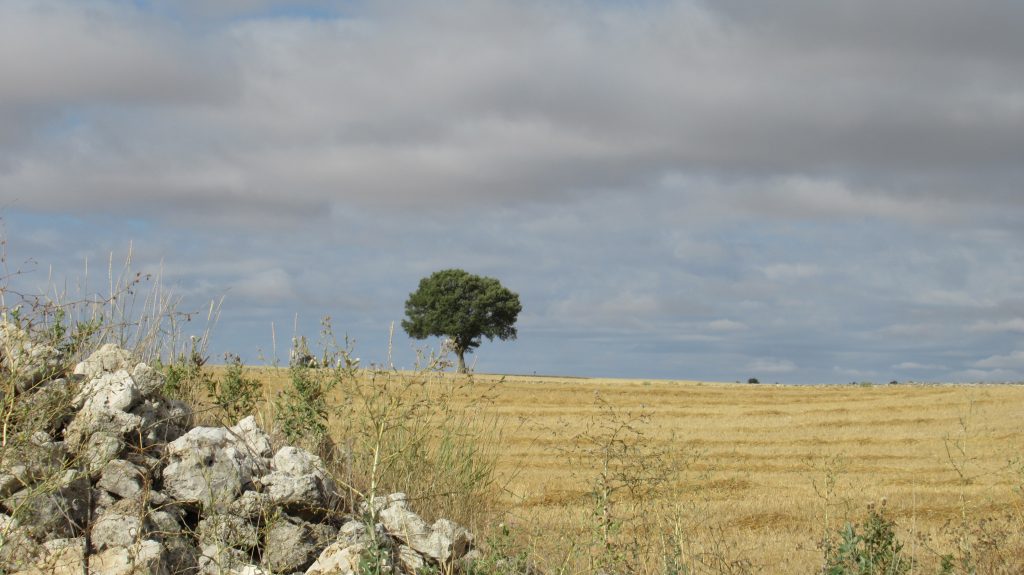
Packing & Shopping Tips
Between Burgos and Hornillos there are only few supply possibilities. A well-filled water supply is essential, as well as a small snack for the way. In Tardajos or Rabé you can refill again, afterwards the silence begins.
In summer: hat, sunscreen, at least two liters of water. The sun beats mercilessly on the fields, and shade is rare. In winter, on the other hand, an icy wind blows, turning the plain into a trial – warm clothing is here not a luxury, but a necessity.
Sometimes a piece of bread from Rabé carries you further than any energy bar – do not underestimate the simplicity of provisions.
Food, Lodging & Supply
Hornillos is small, almost inconspicuous, yet for pilgrims it has been a fixed station for centuries. The hostels here are simple, familiar, and often quickly filled – whoever wants to be sure should arrive early. A village bar, a small shop, a few houses – nothing more is needed to conclude the day.
It is a place where community becomes tangible: a long table, bread, soup, perhaps a glass of wine. Stories are shared, laughter mixes with fatigue, and the silence of the plain accompanies you even here.
The Special Feature Today
Hornillos del Camino takes its name from the “hornillos,” the small kilns in which bricks were once fired. Already in the 12th century a hospital arose here, which gave pilgrims protection and food – and still today the place breathes this tradition of hospitality.
The structure of the village has remained medieval: a single main street, with houses on either side, just as for centuries. Whoever walks through it treads the same way as generations of pilgrims before them.
Yet the special feature of this stage lies not only in the village, but in the landscape that has led you here. The Meseta shows you that silence has a power greater than some mountain peak. It teaches you to lift your gaze, to feel your breath, and to find patience in the vastness.
Many pilgrims say: Here begins the true Camino. Not in the mountains, not in the cities – but here, where nothing distracts except the beat of your own heart.
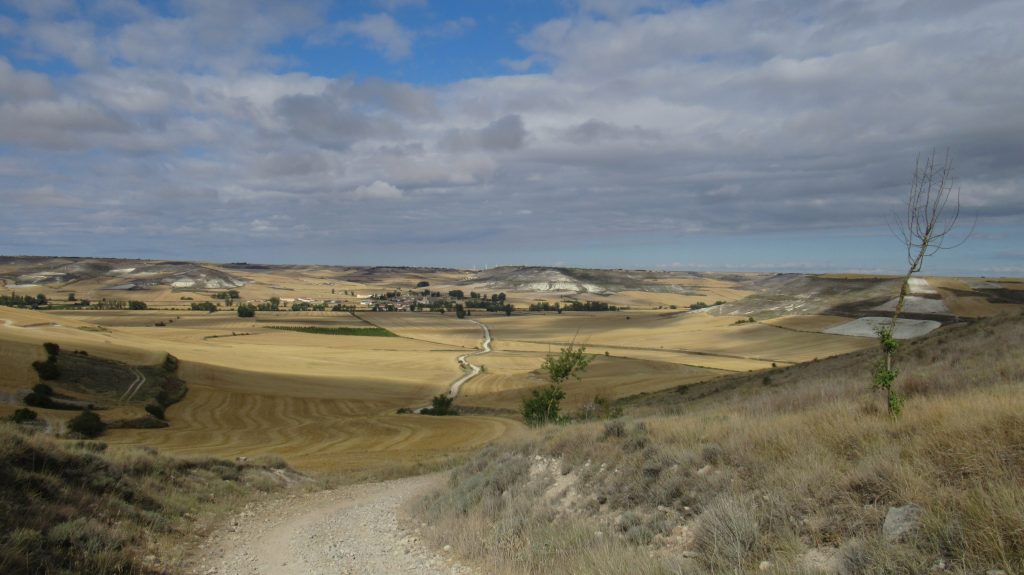
Reflection at the End of the Stage
When you sit in Hornillos in the evening, the sun slowly sinking behind the fields and the wind blowing through the alleys, you may ask yourself: “Was it today the silence that carried me – or the endless horizon that showed me how far I myself can go?”
📊 Tabular Overview
| Stage | Start | Goal | Distance | Elevation | Difficulty | Intermediate Villages |
| 13 | Burgos | Hornillos del Camino | ca. 20.5–21 km | +200 / –150 m | easy–medium | Tardajos, Rabé de las Calzadas |
🌌 Camino of the Stars – Stage 13
Burgos → Tardajos → Rabé de las Calzadas → Hornillos del Camino
Did you enjoy this stage report? Are you missing information or would you like to share your personal experiences? Write to me in the contact form – in German, English, Spanish, Galician, or French. Every experience makes the Camino more alive.

